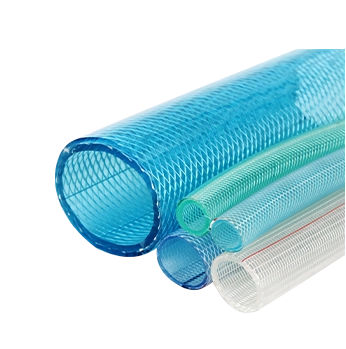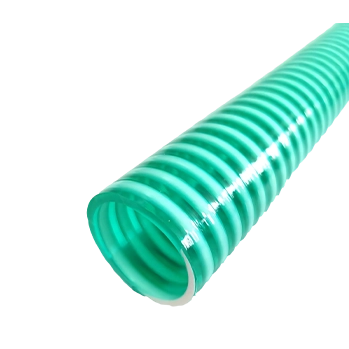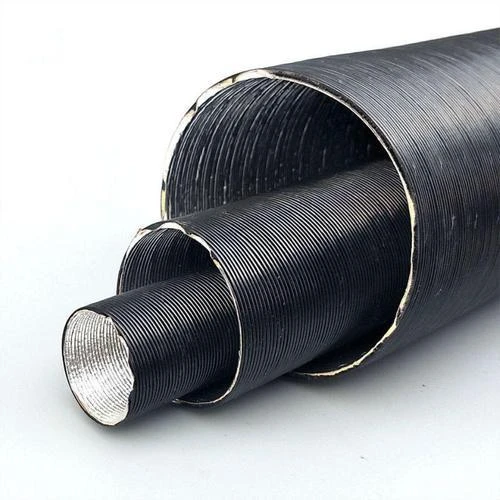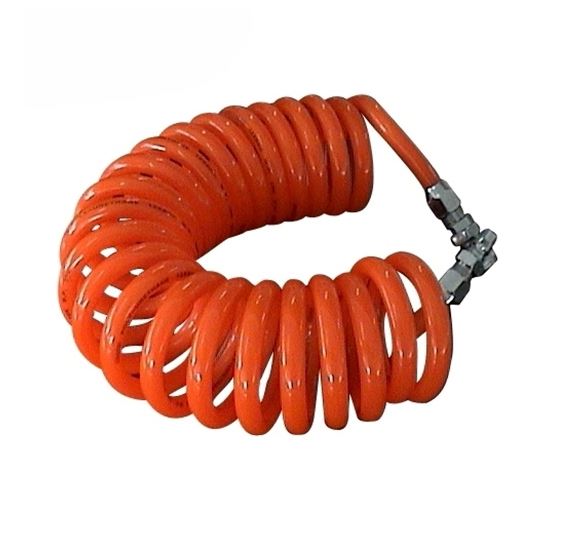lpg gas flexible hose
Understanding LPG Gas Flexible Hoses
LPG (Liquefied Petroleum Gas) is widely used as a fuel source in homes and commercial settings due to its efficiency and convenience. One crucial component in the safe and effective use of LPG is the flexible hose designed for transporting the gas from storage tanks to appliances. This article delves into the importance, features, and safety considerations associated with LPG gas flexible hoses.
What Are LPG Gas Flexible Hoses?
LPG gas flexible hoses are specially designed tubes made from durable materials that can withstand high pressure and temperature fluctuations. They are primarily intended for connecting LPG cylinders to various appliances such as stoves, heaters, and grills. Unlike rigid piping, flexible hoses offer a more adaptable solution, allowing for easier movement and installation in tight spaces.
Key Features
1. Material Composition LPG flexible hoses are typically made from rubber or reinforced polymer materials. These materials provide resilience against pressure changes and enhance the hose's longevity. 2. Pressure Rating One of the pivotal features of these hoses is their pressure rating. Most LPG flexible hoses are rated to handle pressures typical for LPG systems, often exceeding 2000 kPa (kilopascals). It is essential to choose hoses that meet the applicable regulations for pressure in your area.
3. Temperature Resistance Aside from pressure, LPG hoses must also endure varying temperatures. Quality hoses are designed to operate effectively in a range of climatic conditions, from extreme heat to freezing temperatures.
4. Connections and Fittings LPG flexible hoses come with various fittings to ensure a tight and secure connection to both cylinders and appliances. These fittings must be compatible with your equipment, providing a leak-proof seal.
lpg gas flexible hose

Safety Considerations
Safety is paramount when dealing with LPG. Here are some essential safety tips regarding the use of flexible hoses
- Regular Inspections Conduct periodic checks on your LPG hoses for cracks, wear, or damage. Any visible signs of deterioration warrant immediate replacement.
- Correct Installation Ensure that the hose is installed correctly without kinks or sharp bends that could impede gas flow or create pressure points.
- Use the Right Hose Always select a hose specifically designed for LPG use. Using hoses meant for other gases or applications can lead to dangerous leaks or failures.
- Avoiding Overextension Do not pull or stretch the hose beyond its intended length. Overextension can compromise the hose’s integrity and lead to leaks.
Conclusion
In summary, LPG gas flexible hoses play a vital role in the safe and efficient use of liquefied petroleum gas. By understanding their features and adhering to safety guidelines, users can maximize the benefits of LPG while minimizing risks. Choosing the correct hose, ensuring proper installation, and conducting regular maintenance are essential steps in maintaining a safe environment when using LPG appliances. Whether for home heating or cooking, investing in quality LPG hoses is crucial for safe fuel management.
-
Welded Wire Mesh Panel: Durable, Versatile, and AffordableNewsJul.28,2025
-
Top Quality Oxy Acetylene Hoses for Sale Fit for Welding DemandsNewsJul.28,2025
-
The Future of Pneumatic Air Tubes in IndustryNewsJul.28,2025
-
Superior and Reliable LPG Hose Pipe Solutions for Every NeedNewsJul.28,2025
-
Exceptionally Durable and Versatile Premium Braided PVC TubingNewsJul.28,2025
-
Best Adapters for Connecting Garden Hose to PVC Pipe ConnectionsNewsJul.28,2025














